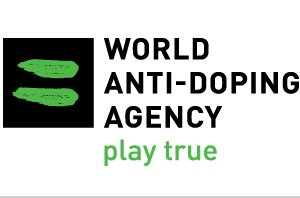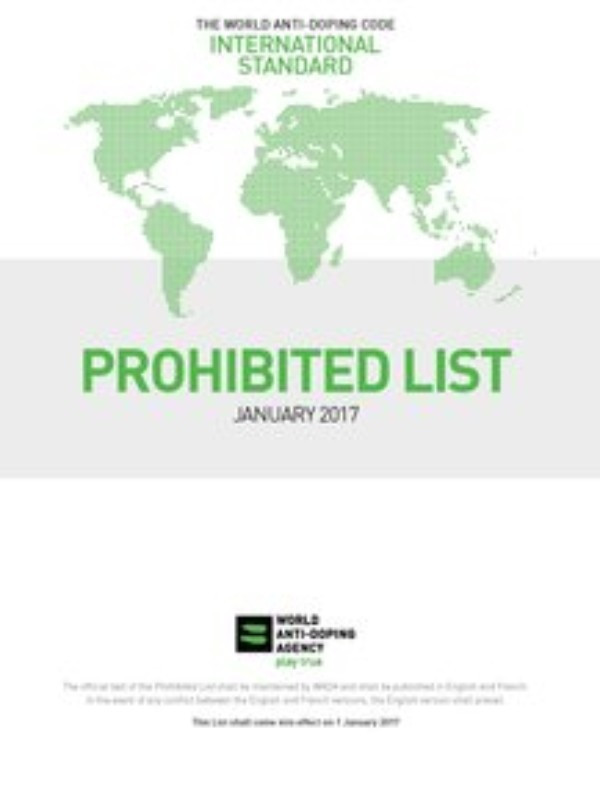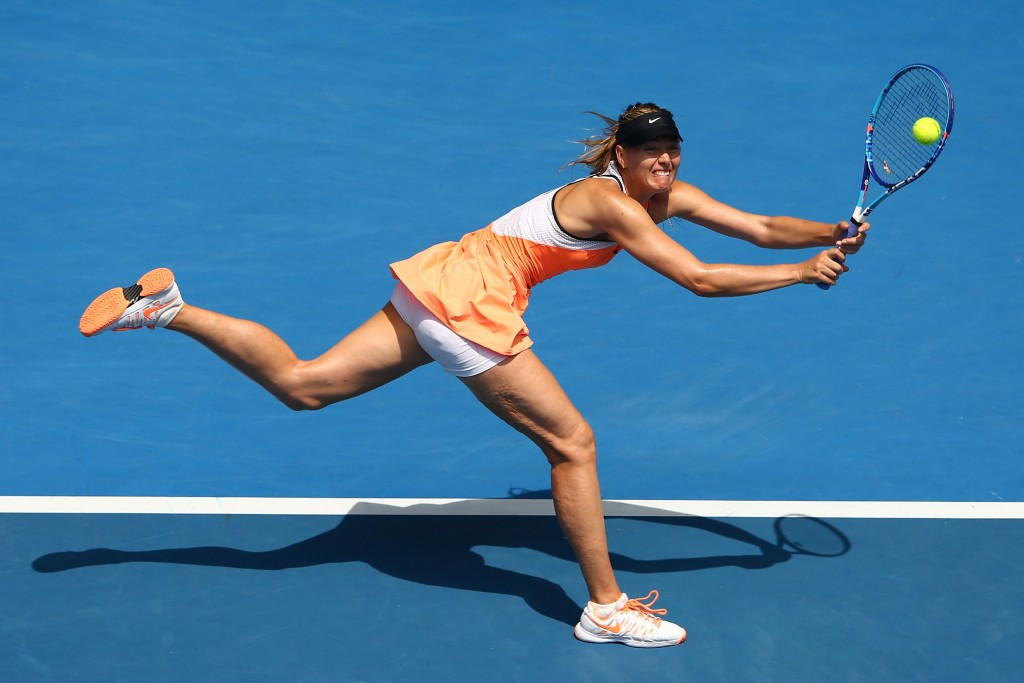
Tighter regulations on the use of asthma drugs are among changes to the World Anti-Doping Agency (WADA) List of Prohibited Substances and Methods for 2017.
Lisdexamfetamine, a drug used for treating attention deficit hyperactivity (ADHD) disorder and eating disorders, is also added to the banned stimulants list.
Opioid analgesic nicomorphine is a new addition to the list of banned narcotics.
The new list, published online before coming into force on January 1, makes clear that salbutomol, salmertor and formoterol are the only permitted "beta-2agonists" which can be used to treat asthma.
Clearer criteria have been introduced to define how these products can be used legally.
Inhaled salbutamol is permitted at a maximum level of 1600 micrograms over 24 hours, or 800 micrograms every 12 hours.
Inhaled formoterol can have a maximum delivered dose of 54 micrograms over 24 hours, while a maximum of 200 micrograms of inhaled salmeterol is permitted over 24 hours.
The list adds: "The presence in urine of salbutamol in excess of1000 ng/mL, or formoterol in excess of 40 ng/mL is presumed not to be an intended therapeutic use of the substance and will be considered as an AdverseAnalytical Finding (AAF) unless the Athlete proves, through a controlled pharmacokinetic study, that the abnormal result was the consequence of the use of the therapeutic dose (by inhalation) up to the maximum dose indicated above."
WADA will hope to avoid problems seen this year when the adding of meldonium to the banned list produced a raft of failures before they conceded that "more research was required" to ascertain how long the substance should remain in the human body.
Meldonium, a heart medication, remains on the list for 2017.

"The Prohibited List follows a very extensive stakeholder review process over the course of nine months,” said WADA director general, Olivier Niggli.
"In reviewing the list, experts examine such sources as: scientific and medical research; trends; and, intelligence gathered from law enforcement and pharmaceutical companies in order to stay ahead of those that wish to cheat.
"It is vital that all athletes take the necessary time to consult the list; and that they contact their respective anti-doping organisations if they have any doubts as to the status of a substance or method."
The List’s annual revision process begins with an initial meeting in January before concluding with its official publication on October 1.
An "extensive nine-month consultation process" includes gathering information, circulating a draft list, stakeholder submissions and committee recommendations before approval by WADA’s Executive Committee.

Its publication comes ahead of the Olympic Summit in Lausanne on October 8 in which crunch talks on the future of the anti-doping landscape are expected to take place.
"WADA is pleased to publish the 2017 Prohibited List, which is one of five International Standards that are mandatory for all signatories of the World Anti-Doping Code to follow," added the body's President Sir Craig Reedie.
"All athletes around the world are held to these standards and there can be no tolerance for people who intentionally break the rules.
"Updated annually, the list is released three months ahead of taking effect so that all stakeholders - in particular athletes and their entourage - have ample time to familiarise themselves with the List and its modifications."
The full 2017 Prohibited List can be read here.
A summary of major modifications and explanatory notes can be accessed here.
Комментариев нет:
Отправить комментарий